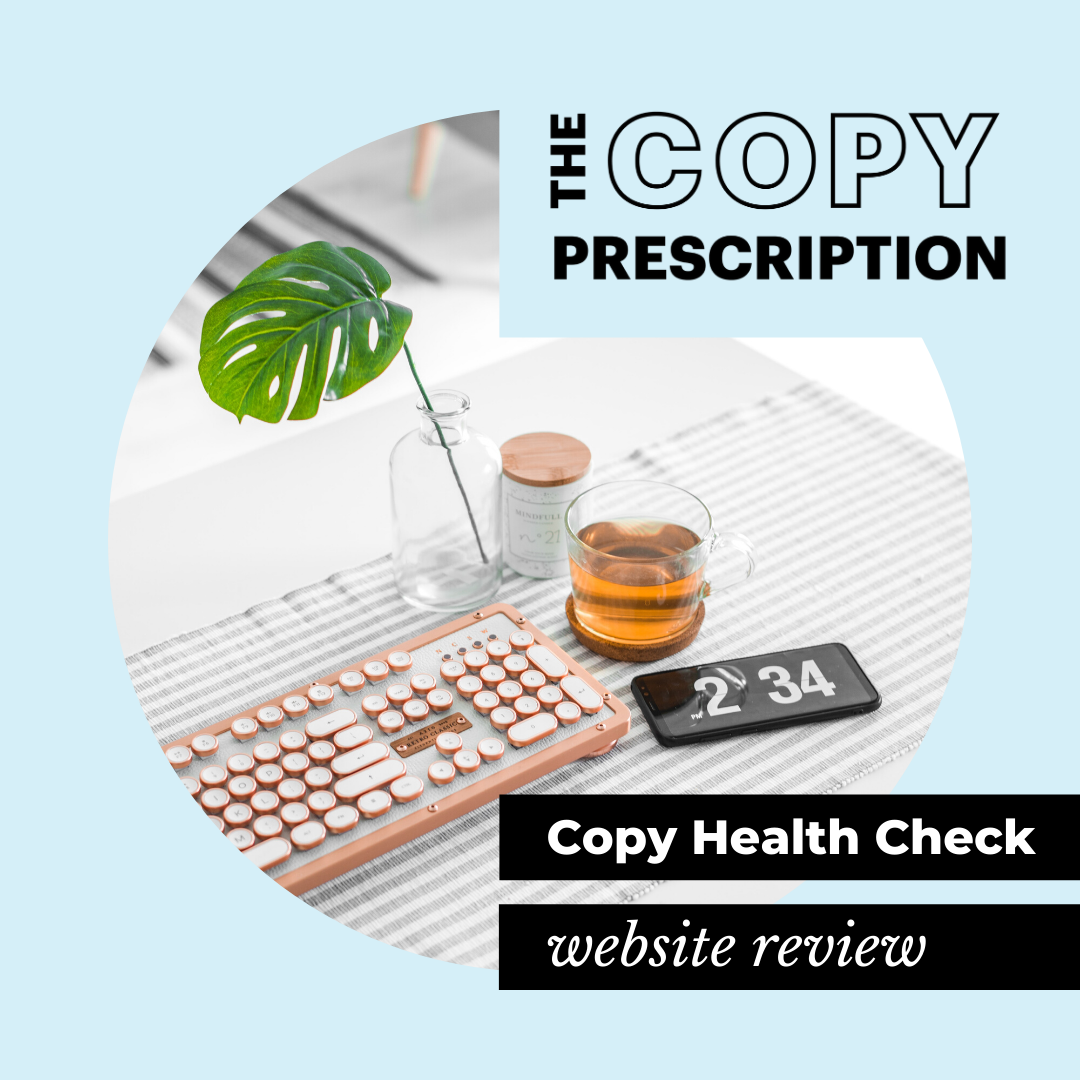In defence of tiny email lists
"How big is your email list?"
Gah! For anyone who does business online, you may as well ask for their bank balance. The shame of a number that's anything less than 50,000! Cue full-body cringe.
Everyone wants a big list. Because a bigger list means more clients and customers, right? And the more clients you have - well, that's the whole bloody point, isn't it?
To many in the online marketing world, the number of email subscribers is a proxy for the strength of the business. Big list? More people buying your products. More people caring about what you're doing. More leads, sales and impact.
After all, studies show that:
Email is 40x more effective at attracting new clients than Facebook and Twitter put together (McKinsey)
Shoppers spend 138% more when marketed to through email, compared to those who don't get any emails (Disruptive Advertising)
Every $1 spent on email marketing gives a $44 ROI (Campaign Monitor)
A list that's limited to a handful of indifferent freebie-grabbers and stragglers you've collected over cold coffee at local networking events doesn't exactly scream success, regardless of how well your business is actually doing. No wonder you don't want to share.
And when The Number is depressingly low, it can be hard to motivate yourself to plot an engaging email newsletter calendar. Talk about shouting down a well.
I'm here to tell you this number does not matter at all.
Why you shouldn't care how many people are on your email list
My email list is TINY. We're talking low hundreds at this moment in time. 😱
Yes, my ego would like it to have a few more zeroes, but frankly, I haven’t made a massive effort to grow it. A steady drip of a few new subscribers a week is fine with me - because I know each and every one is someone I’ve connected with in a meaningful way.
I’m pretty sure I know every person on that list.
Now, if I had a course or a book to sell, this wouldn’t be much to get excited about. If any client came to me wanting to launch something to such a small list, I’d definitely worry about the likelihood of a decent ROI.
But it's still possible to have an impact with a small list.
I use my emails as a way to:
keep in touch with previous clients
share my availability for new projects with potential new clients who I’ve met at in-person events
share copywriting tips and insights for people who are interested in what I do, but prefer to DIY it
create an outlet for random stories about life as a freelance health copywriter.
The response is lovely. Getting a heartfelt response from someone who has enjoyed a silly story I've told or found a useful takeaway in a link I've shared is truly rewarding.
My purpose is to share, connect and hopefully offer some helpful hints. Growing the community so I can help more people would be fantastic, but there's no rush.
The difference between email newsletters and email marketing
What we're really focusing on here is understanding the purpose of your emails.
Recently, I was listening to Josh Spector (Founder, Of The Interested newsletter) on the Everyone Hates Marketers podcast. Josh made a nice distinction between email newsletters and email marketing:
A newsletter DELIVERS value
Email marketing EXTRACTS value
What does that mean? With a newsletter, you give the reader something fun, interesting or useful to read when they should be working. Maybe you throw in an offer now and then. Maybe a few are compelled to hire you or refer you to their friends.
But your priority is to deliver value to them.
By contrast, email marketing is more complex. It involves sequences, drip campaigns and direct response copywriting, all nudging the reader towards a particular call to action.
Of course, you still want to provide value, but your ultimate goal is to make a sale or capture value in some other way.
Are you writing emails to connect with your audience? To build relationships and awareness of your work? Or are you primarily focused on getting them to DO something? If your goal is the former, a small list can be an asset. If it's the latter, then you want to put a bit more focus on list growth.
That's not to say you can't make decent sales with a smaller list (though perhaps not as small as mine!). The key is ensuring that the folk who sign up for your emails are qualified leads - the kind of people who wait eagerly for your emails, and immediately drop what they're doing to read them as soon as that inbox notification slides across their screen.
No one gets engaged on the first date
Like social media follower stats, list size is a vanity metric. It tells us nothing about how the list supports the business. A smaller, but more engaged list can be an asset.
With a small list, there’s not the same pressure to stick to a rigid format or frequency. You can experiment with different approaches, and enjoy the high open rates that come with a select list of interested subscribers.
Your readers will respond more often. They'll tell you what they like. And when you let them see behind the scenes on your journey as your business grows, they'll be invested in your success.
So if you’re just starting an email newsletter or your current list could fit in the back of a Mini Cooper, focus on serving the audience that shows up. They're taking a chance on you.
Start a conversation with those first few keen beans who want to know what you’re up to and it'll grow from there.
And if it's disheartening to put your blood, sweat and tears into writing for a tiny group, just imagine if they were actually sitting in the audience of an event you were speaking at - I bet it seems like quite a lot of people now, right?
If you have an online, service-based business, email marketing SHOULD definitely be a part of your core marketing strategy. But don't obsess about the number.
What's important is *why* you are writing to these lovely people, and why they are still there, waiting to hear from you.
I’d love to know how you use email marketing in your business?
(📷: Rinck Content Studio on Unsplash)











